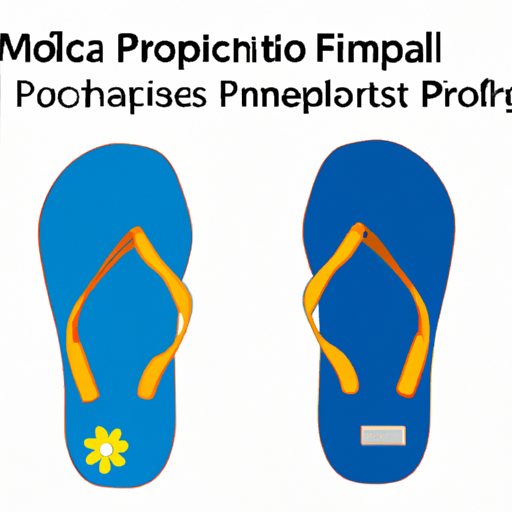Core Functional Technology Articles
| 1. Understanding Flip-Flops: Basics and Types |
| 2. The MM74HC174N: Features and Specifications |
| 3. Timing Diagrams and Operation of D Flip-Flops |
| 4. Designing with MM74HC174N: Practical Considerations |
| 5. Applications of Flip-Flops in Digital Circuits |
| 1. Asynchronous Counter Design |
| 2. Data Storage in Microcontroller Interfaces |
| 3. Shift Register Implementation |
| 4. State Machine Design |
| 5. Debouncing Switches with Flip-Flops |
Application Development Cases
Conclusion
The MM74HC174N flip-flop is a versatile and essential component in digital electronics, serving various applications from data storage to state machine design. By understanding its functionality and exploring practical applications, engineers can significantly enhance the design and performance of electronic systems. Leveraging the core principles of flip-flops allows for the creation of efficient, reliable, and high-speed digital circuits, making the MM74HC174N a valuable asset in modern electronic design.






